C. F. Martin Stauffer Influenced Guitar
c.1834
The history of the Martin begins with this guitar. Several books show this guitar, labeled as a Stauffer, along with what has been considered to be the
earliest existent Martin guitar, to show the influence of the Viennese Stauffer workshop, where Martin once apprenticed, on the first guitars built by
Martin in the new world. A large photo of this instrument is displayed in the Martin Museum next to the early Martin to illustrate this connection.
When I compared the two guitars side by side and photographed their interiors, the DNA emerged of two near identical siblings, obviously conceived
by the same hands at the same time with minor cosmetic variation, a fact now accepted by other Martin experts. As you'll see as you read further, it was
typical in the early days of Martin, when they had an order for one guitar, to build a second with minor variation in trim. The two instruments feature
small, shallow, figure-eight shaped bodies with large upper bouts and identical dimensions, and spruce tops and maple veneer backs over spruce with
maple sides. Both have Stauffer style headstocks with Vienna gears, necks with inlaid stripes of ebony and ivory, raised angled fretboard extensions,
abalone soundhole designs set in mastic, and intricate ivory and ebony ice cream cone heels with clock key adjustments and hand shaped neck blocks with
identical hardware. Each guitar is ladder braced with a similar "buttress" under the fretboard extension of each.
This guitar has no stamps or label, adding to the belief that it came from the workshop of Stauffer, not Martin. Once I recognized that it came from
the same hands as the Martin, the question was raised of whether this guitar and the Martin stamped example might both have been built by others in Europe,
and one was imported by Martin, with the Martin stamp added, along with a label proclaiming Martin as an "importer of musical instruments". Perhaps both
were made by a fellow immigrant living in New York City. Mr. Martin, after all, was a busy owner of a Manhattan music store. Martin's records, however,
show that Martin imported only more affordable guitars, and Martin moved to this country with his friend Heinrich Schatz, a well trained luthier who worked in
Martin's New York shop, and who's later work was similar to and every bit as skilled as the finest early Martins. So it's likely that these two guitars were
both built in Martin's shop after all.
It's traditionally been assumed that all early C.F. Martin guitars were built by C. F. Martin. We now know that Mr Schatz, at a minimum, had a hand in building
the guitars. Schatz was a fine builder, and Martin a busy shopkeeper. Did Schatz do all the building of the early fine Martin guitars? Perhaps we will never know.
These two guitars, if not typical, are the pinnacle of guitars offered by C. F. Martin when he first came to America.
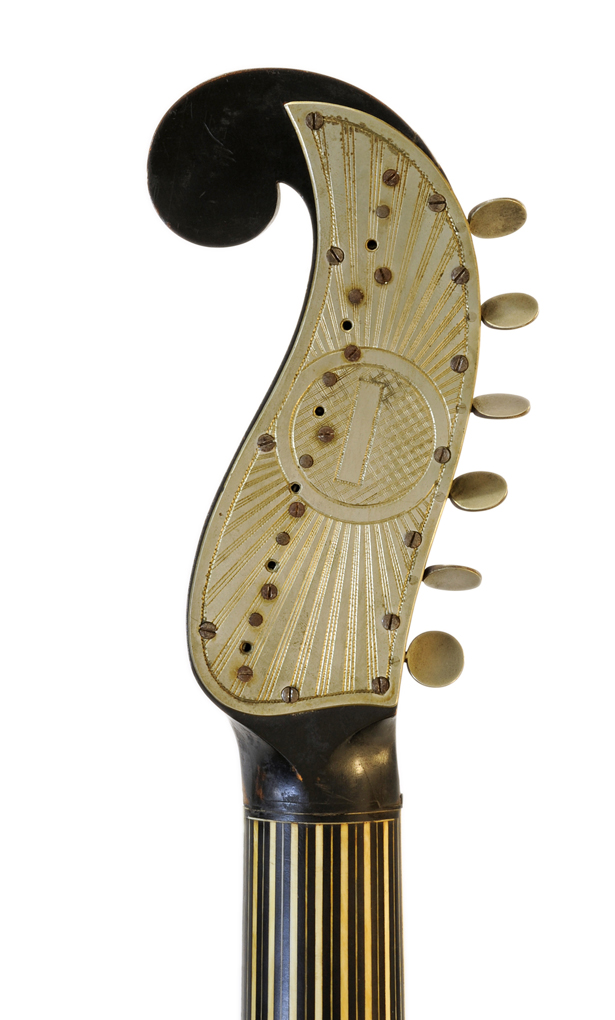
' ' ' ' ' ' ' ' ' ' ' ' ' ' ' ' ' '
Illustrated on p. 7 of Trynka, "The Chinery Collection: 150 Years of American Guitars"
Illustrated on p. 7 of Bacon, "History of the American Guitar"
Illustrated on p.12 of Washburn & Johnston, "Martin Guitars: An Illustrated Celebration of America's Premier Guitarmaker"
Illustrated on plate 2-1, of Gura, "C. F. Martin and His Guitars, 1796-1873"
Reproduced as an enlarged photograph in a display in the Martin Museum
' ' ' ' ' ' ' ' ' ' ' ' ' ' ' ' '

Compared to the Stauffer Style Martin in the Martin Museum:
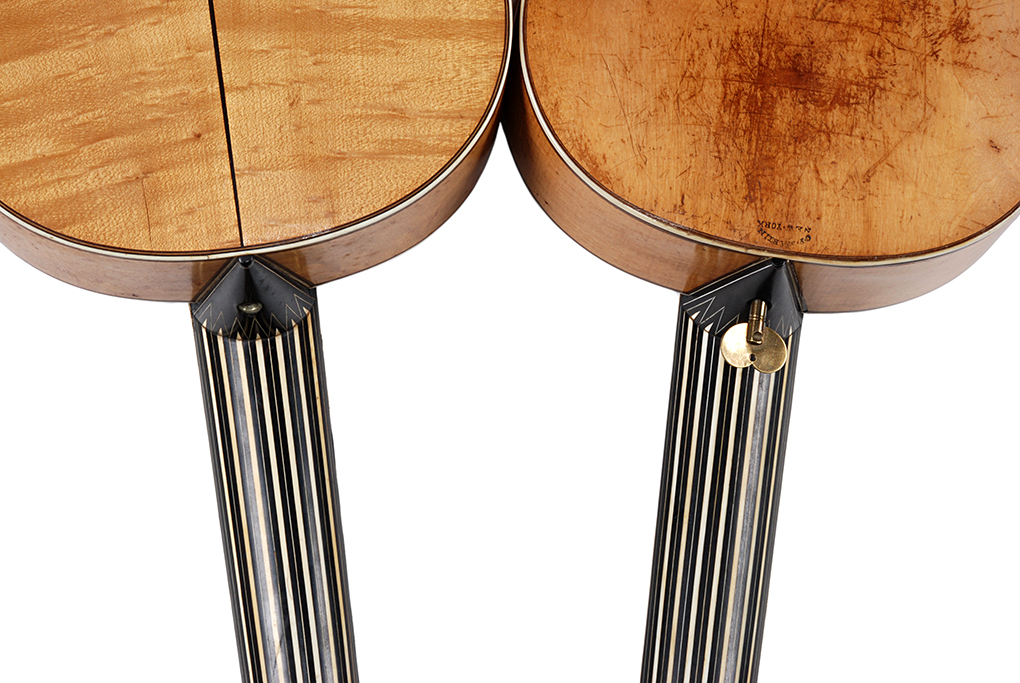
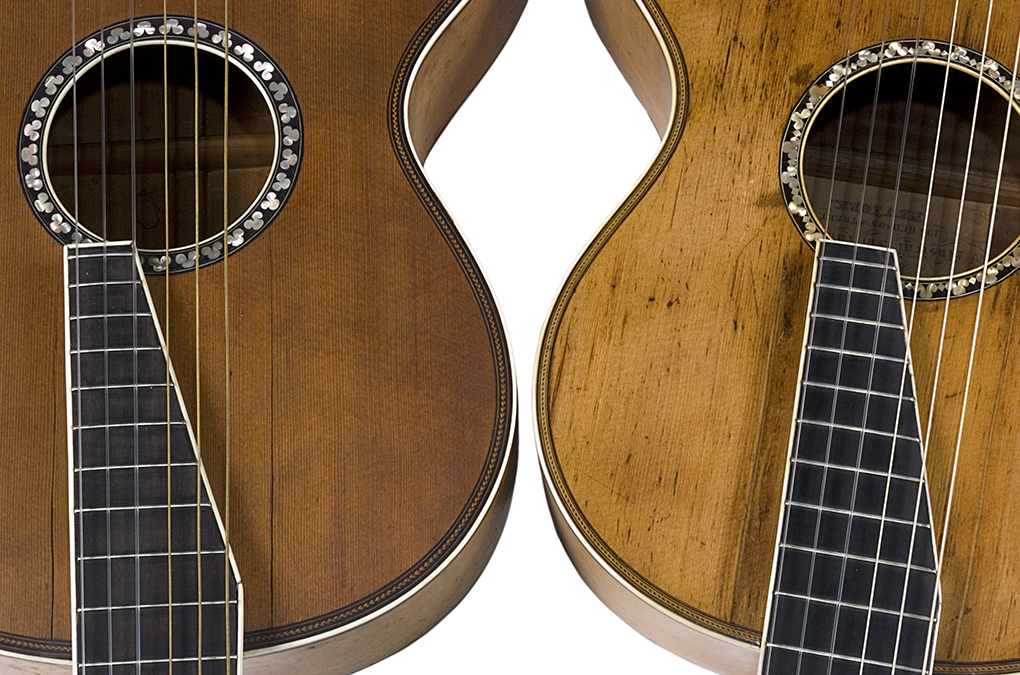
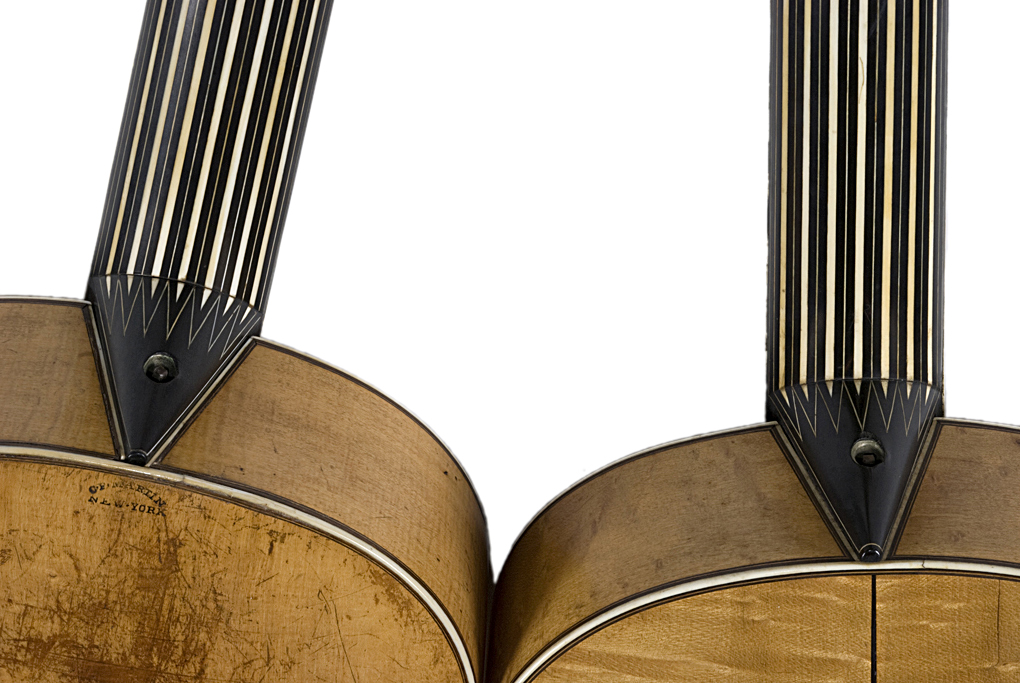
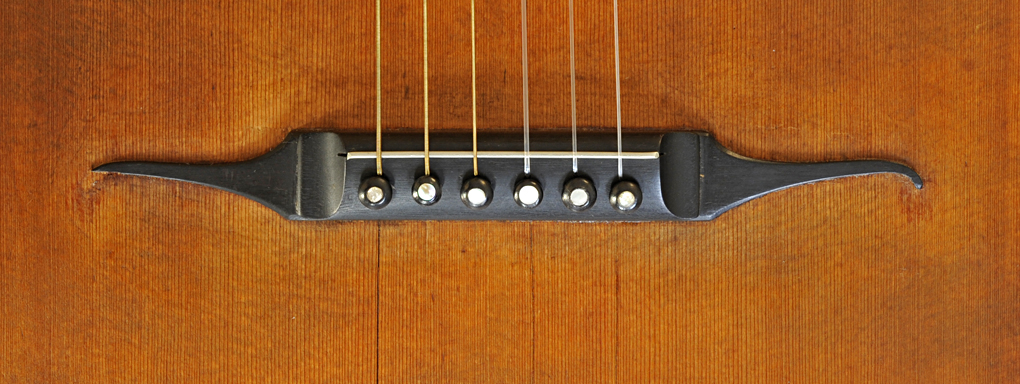
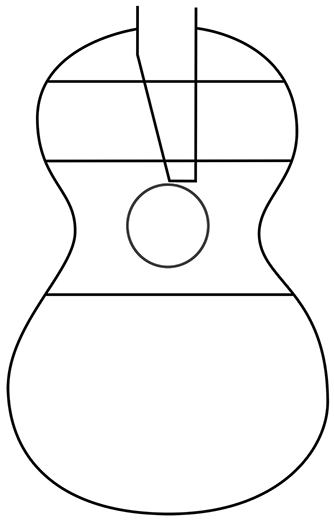
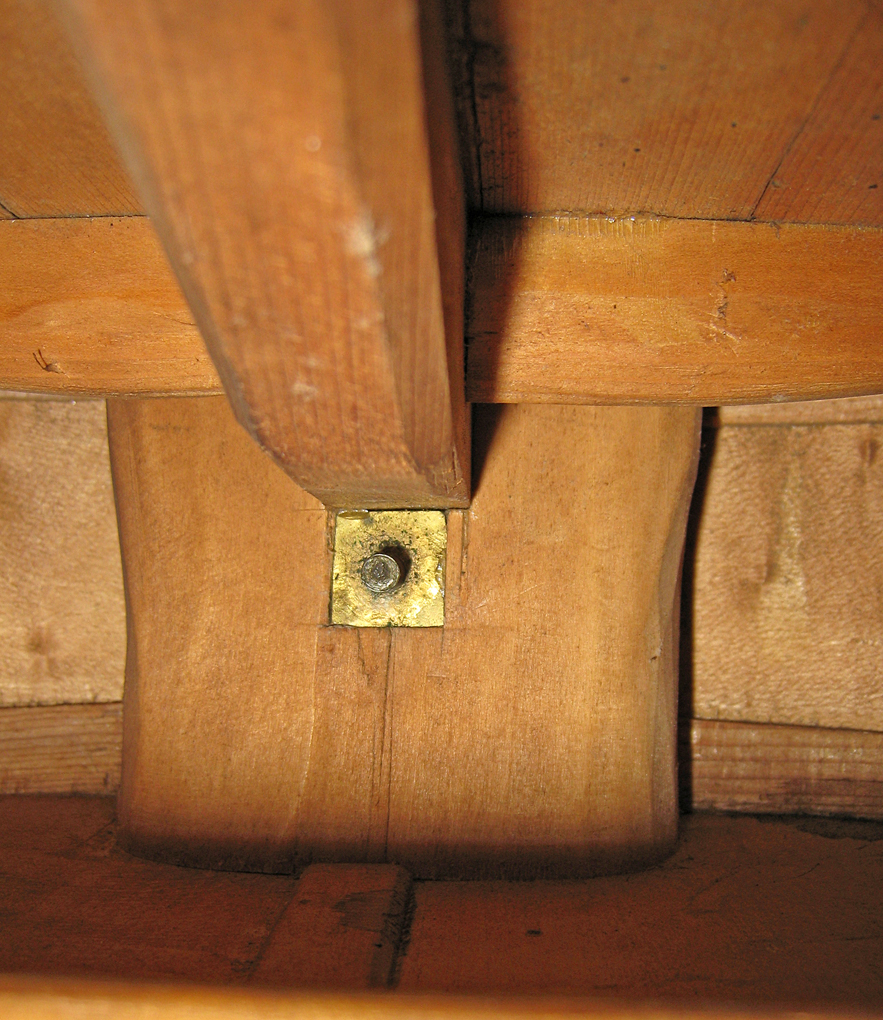
Compare the similarly shaped neck block in the Martin:
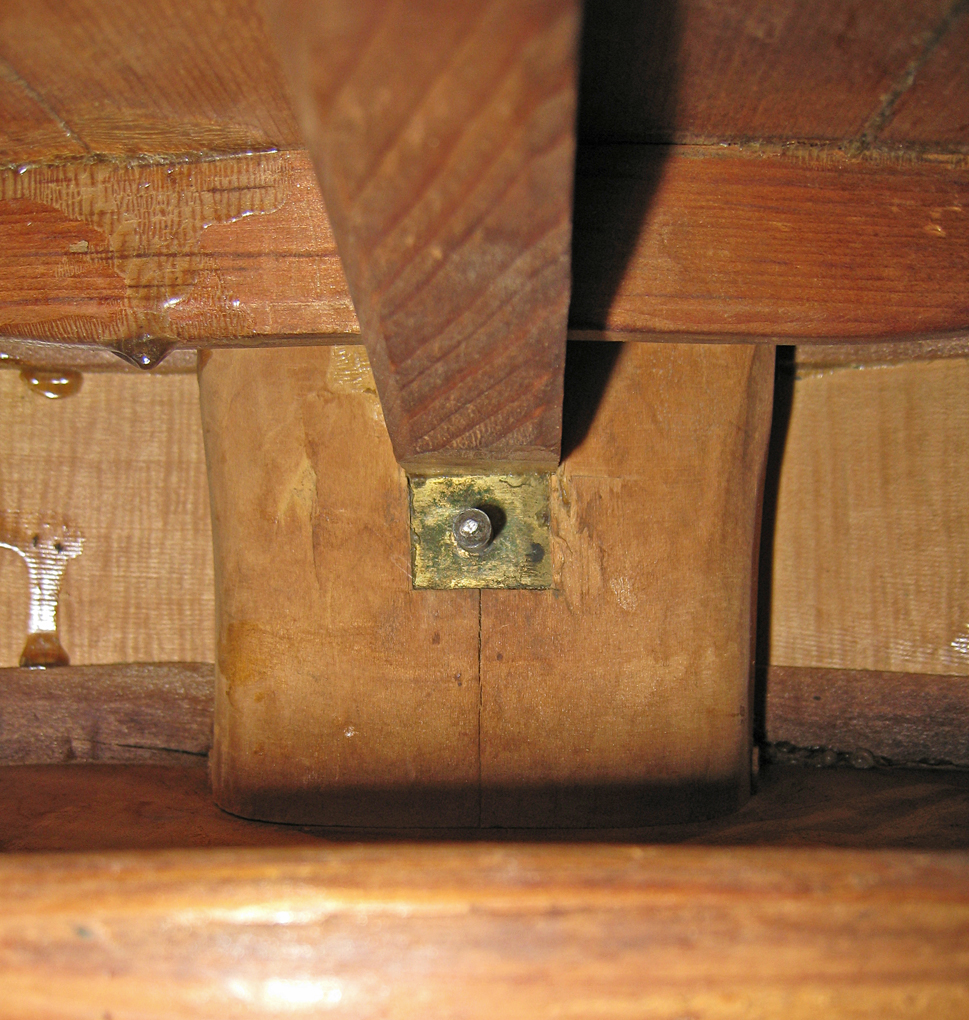
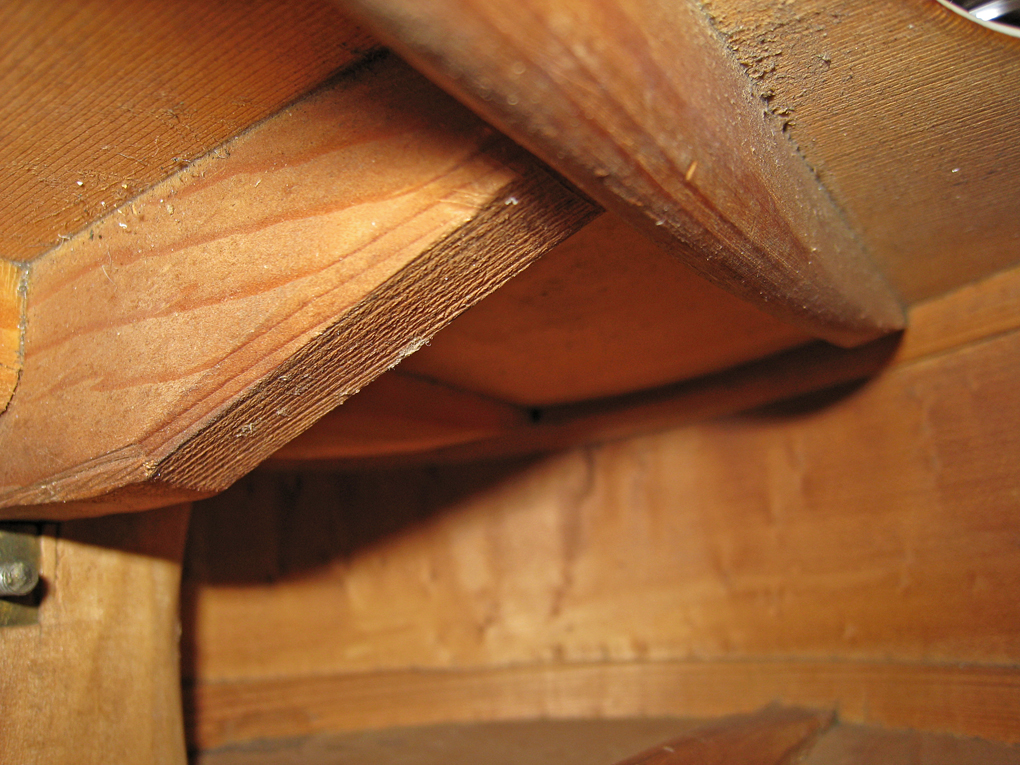
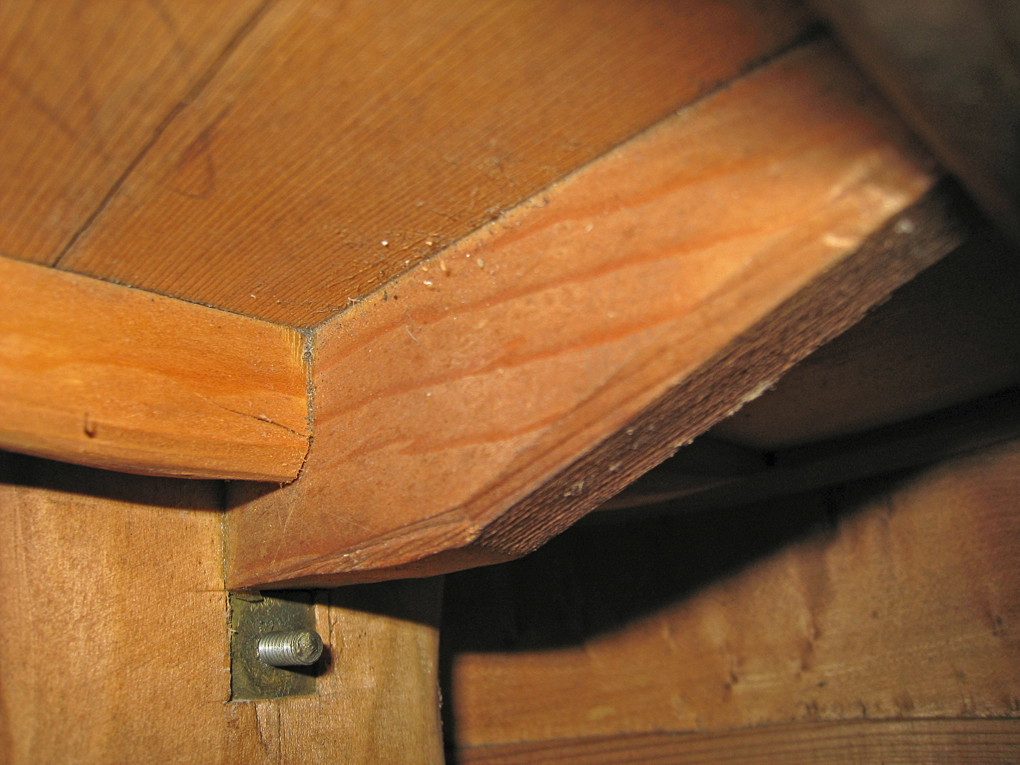
Note the similar "butress" in the Martin:
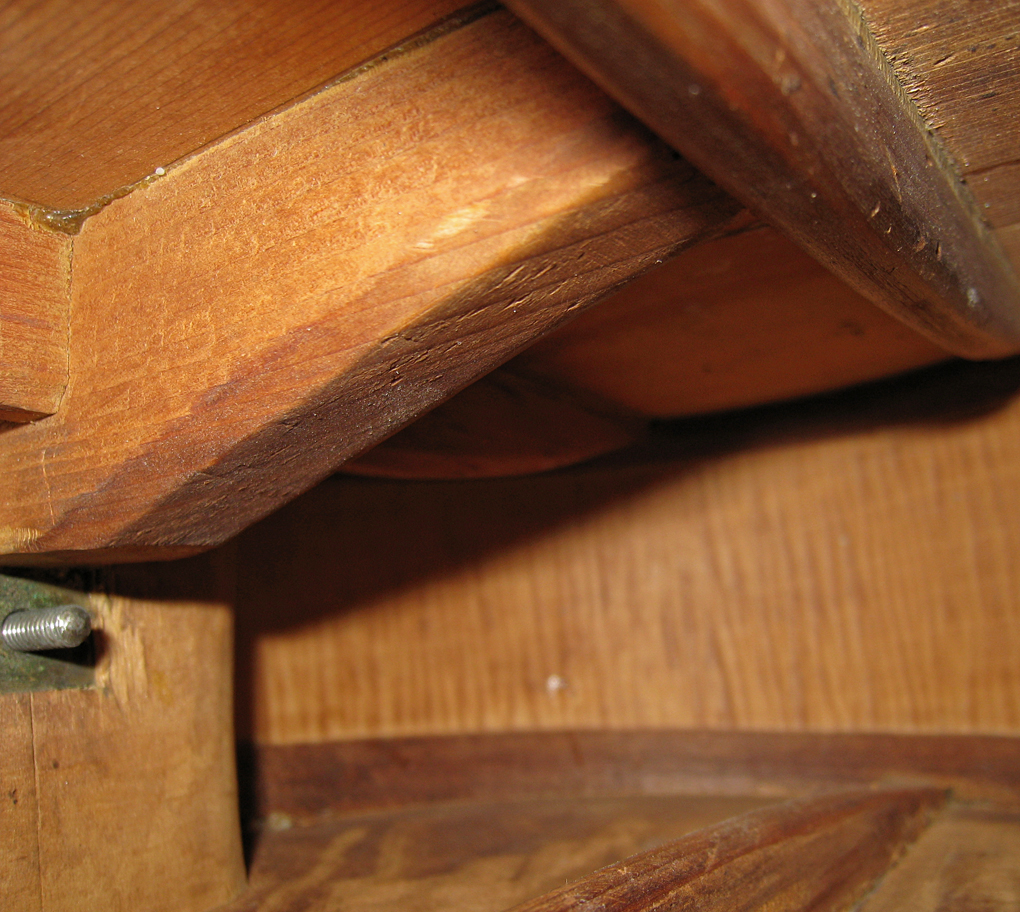
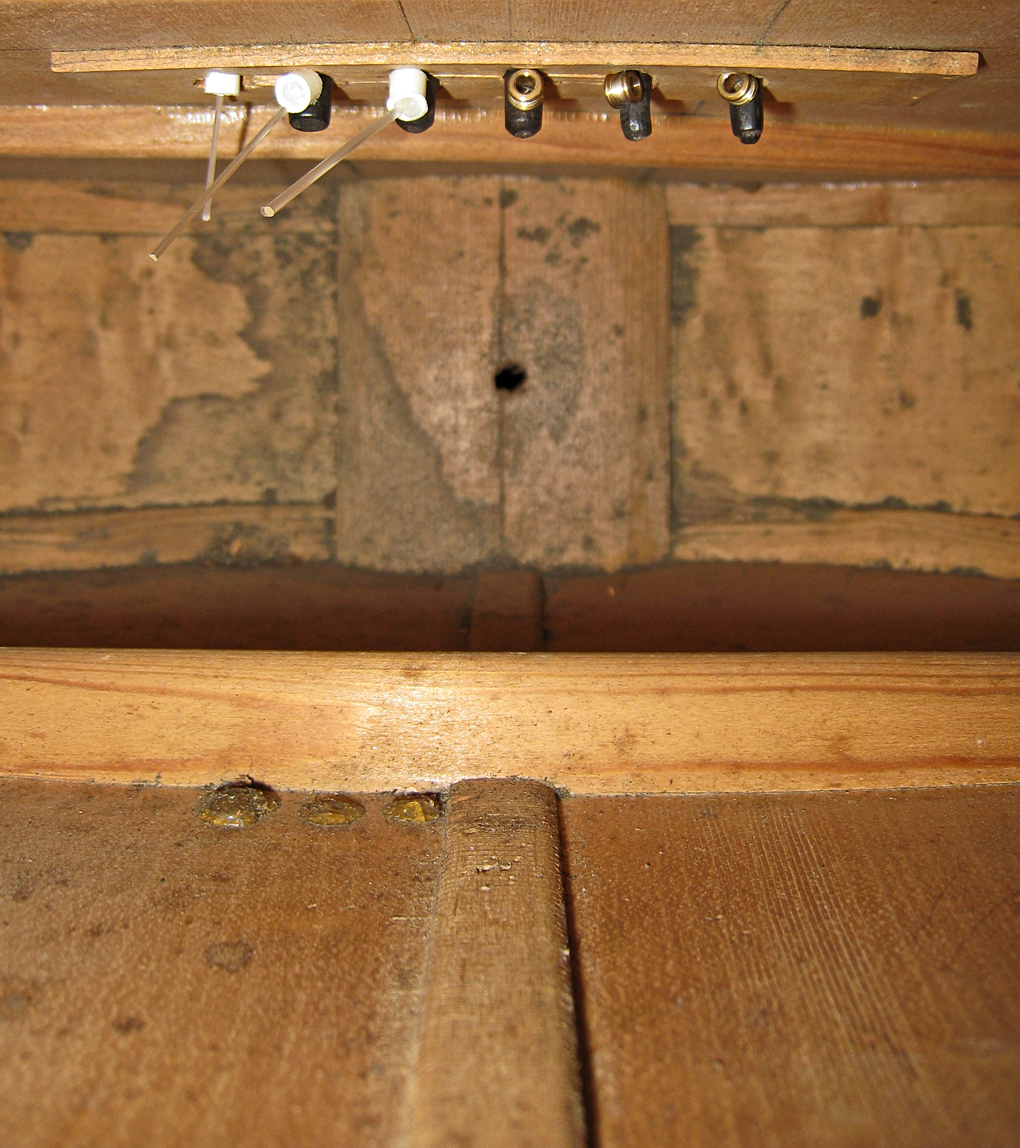
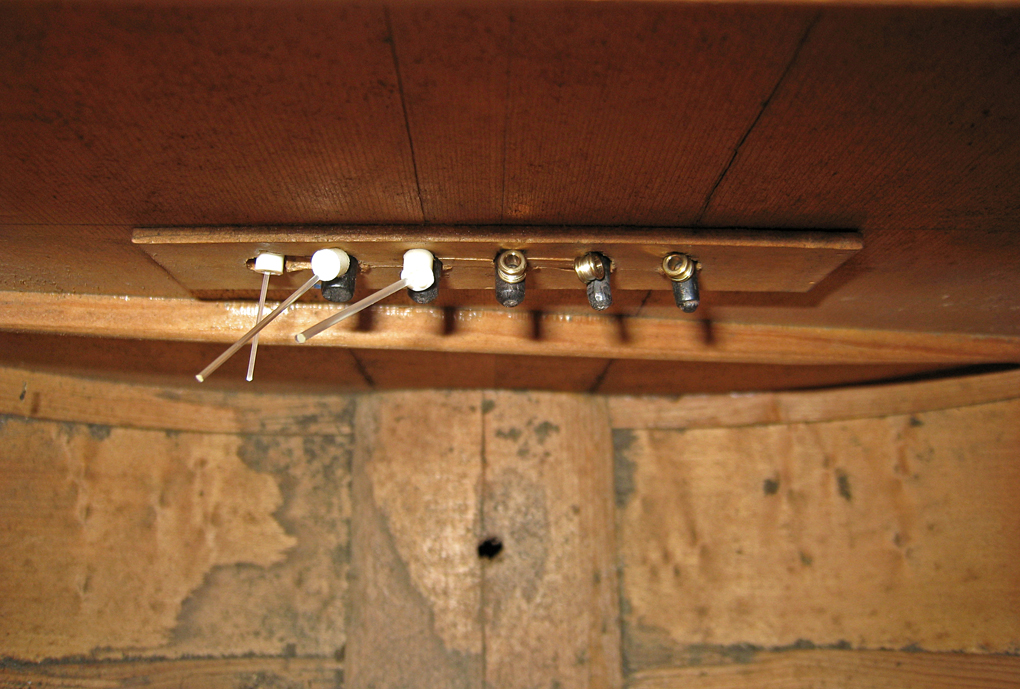
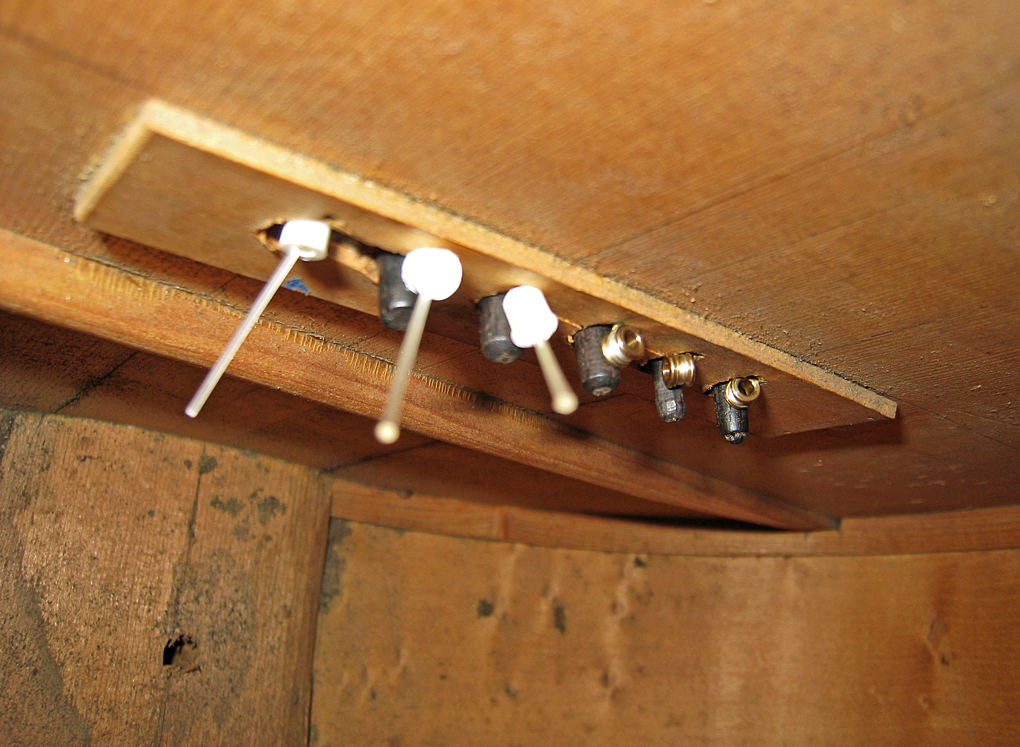
Note slight angle of brace in relation to bridge plate.
And note the bridge plate and slightly angled brace in the Martin:
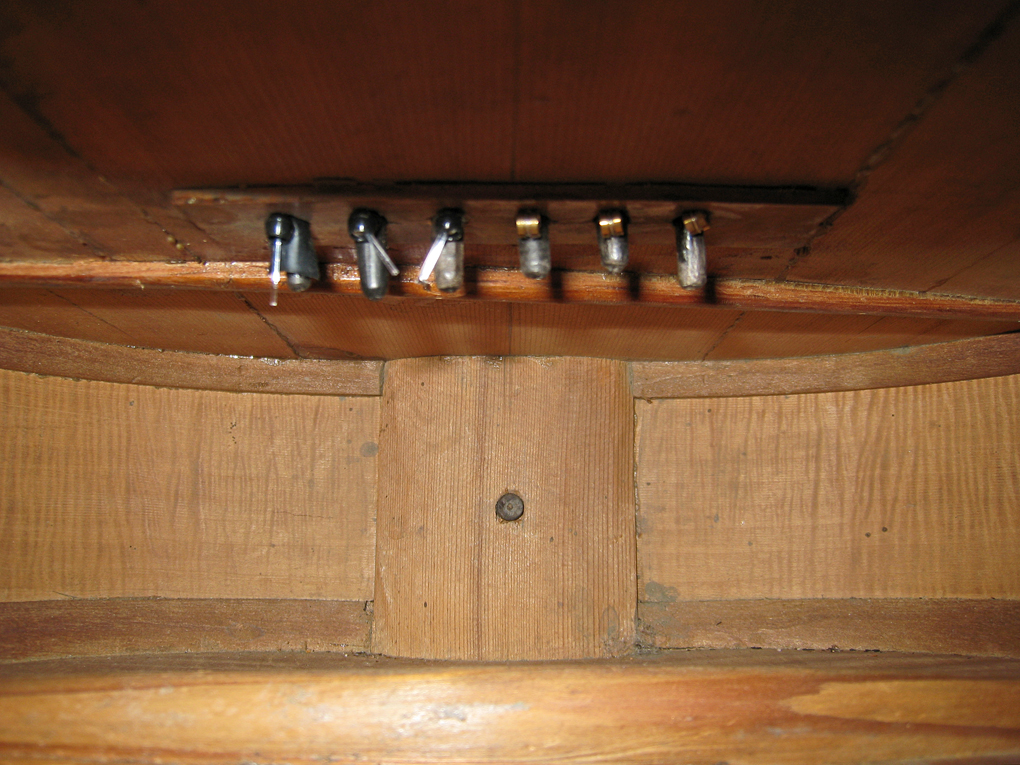
Note the label in the Martin version:
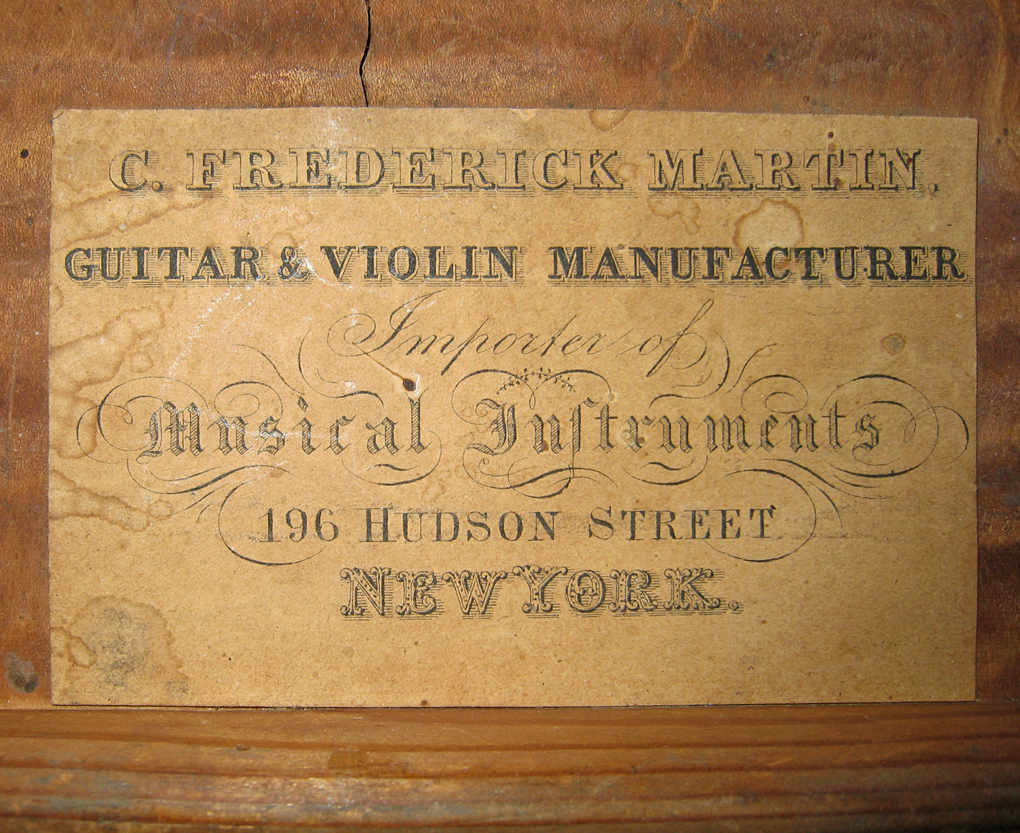

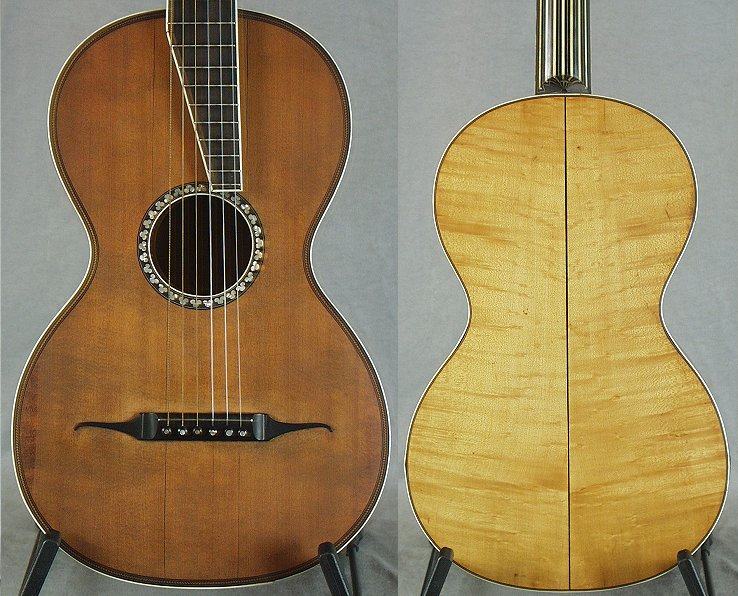
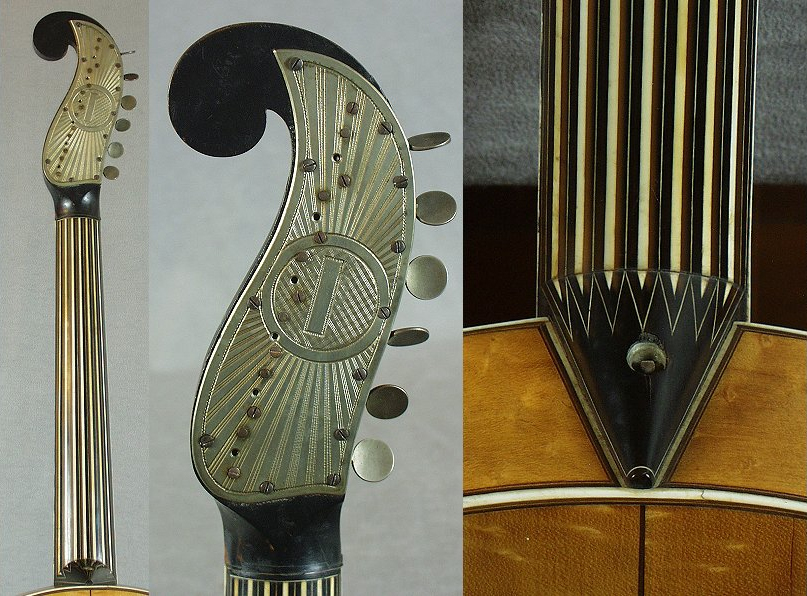

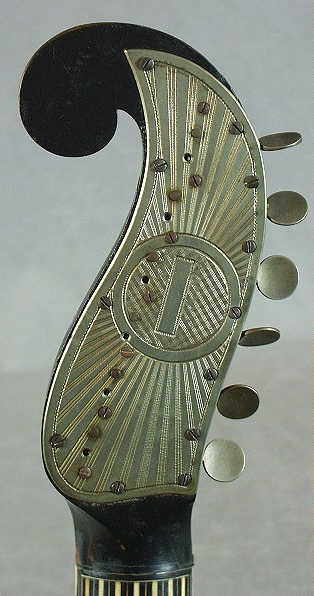
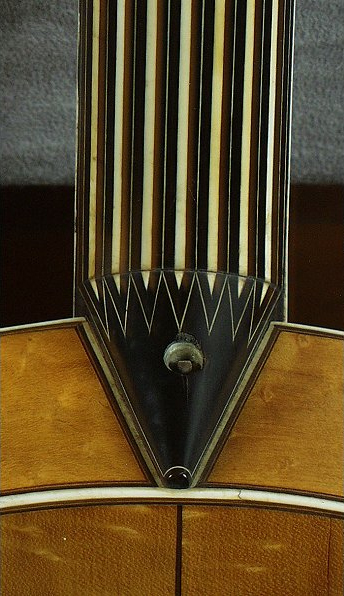

Illustrated in Washburn & Johnston, "Martin Guitars: An Illustrated Celebration of America's Premier Guitarmaker":
"The similarities between these two guitars are startling... Note the almost identical bridge, soundhole rosette, and angled cut at the end of the fretboard,
as well as the adjustable neck with fretboard floating above the soundboard. Both guitars also have maple backs and sides, though Martin would soon
shift almost exclusively to rosewood."
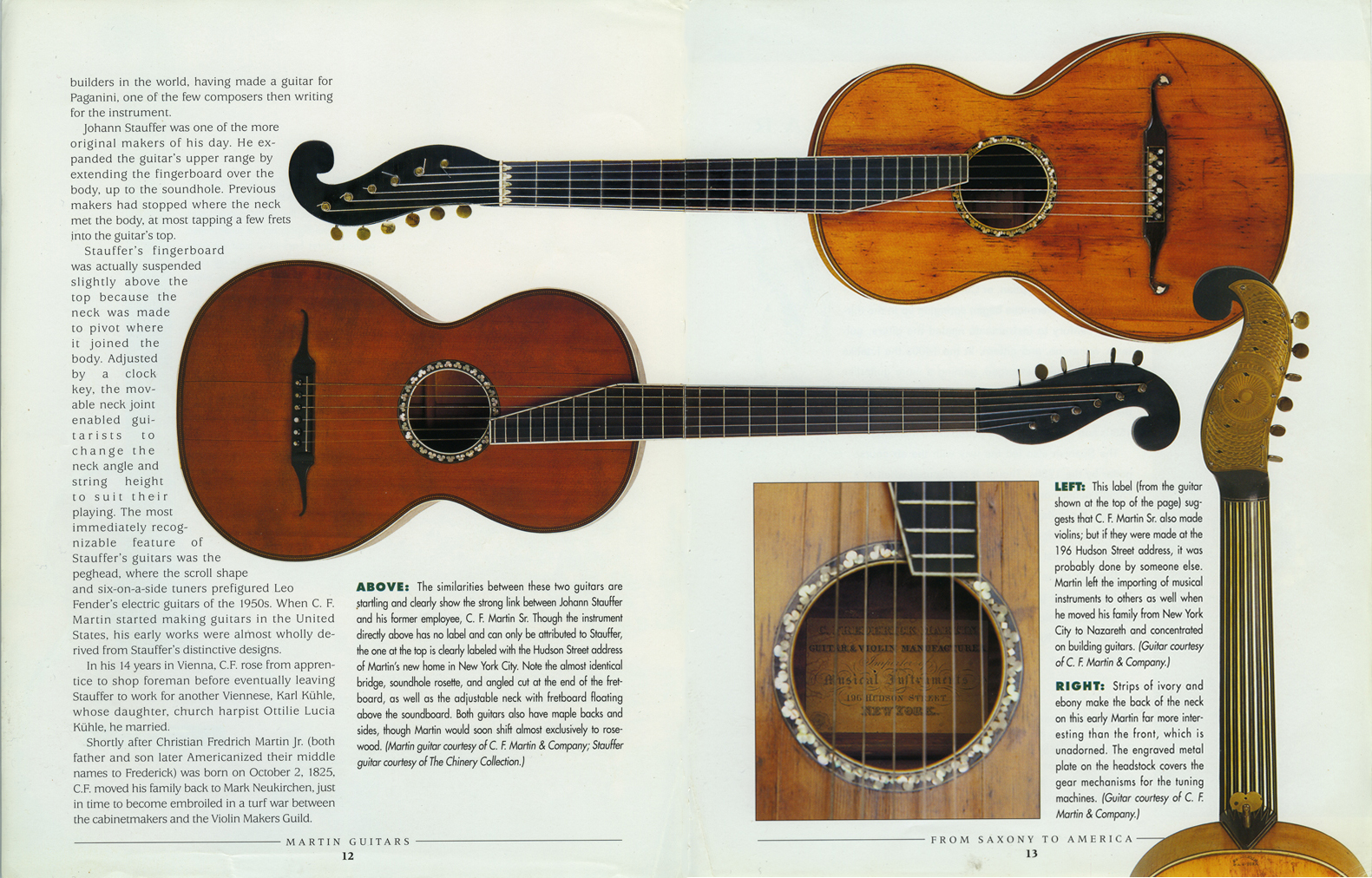
Illustrated in Gura, "C. F. Martin and His Guitars, 1796-1873":
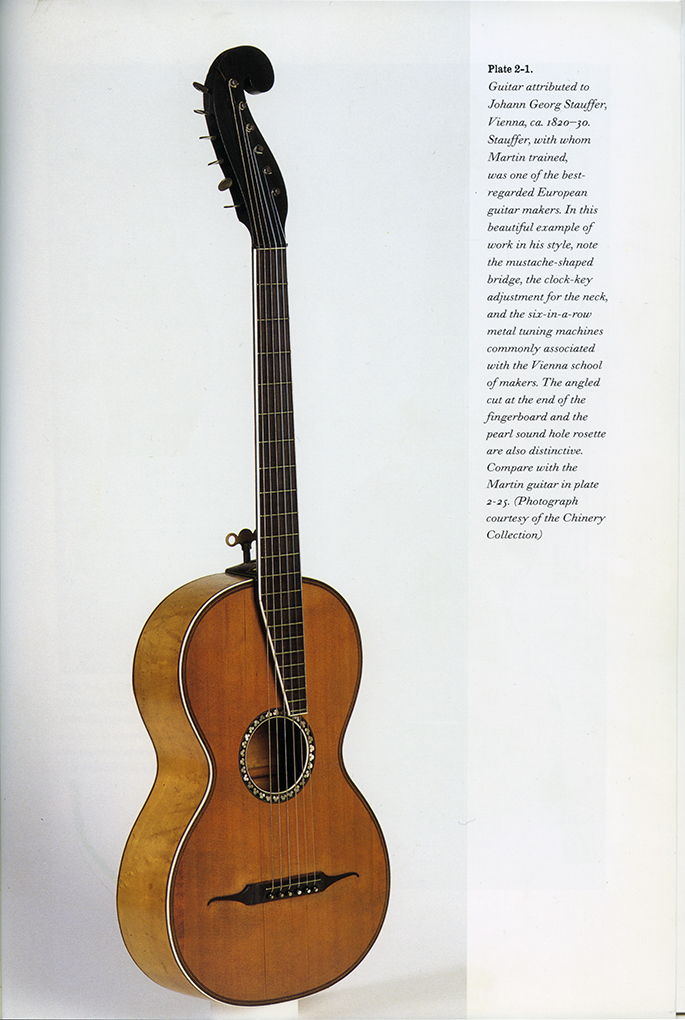
Illustrated in Bacon, "History of the American Guitar":
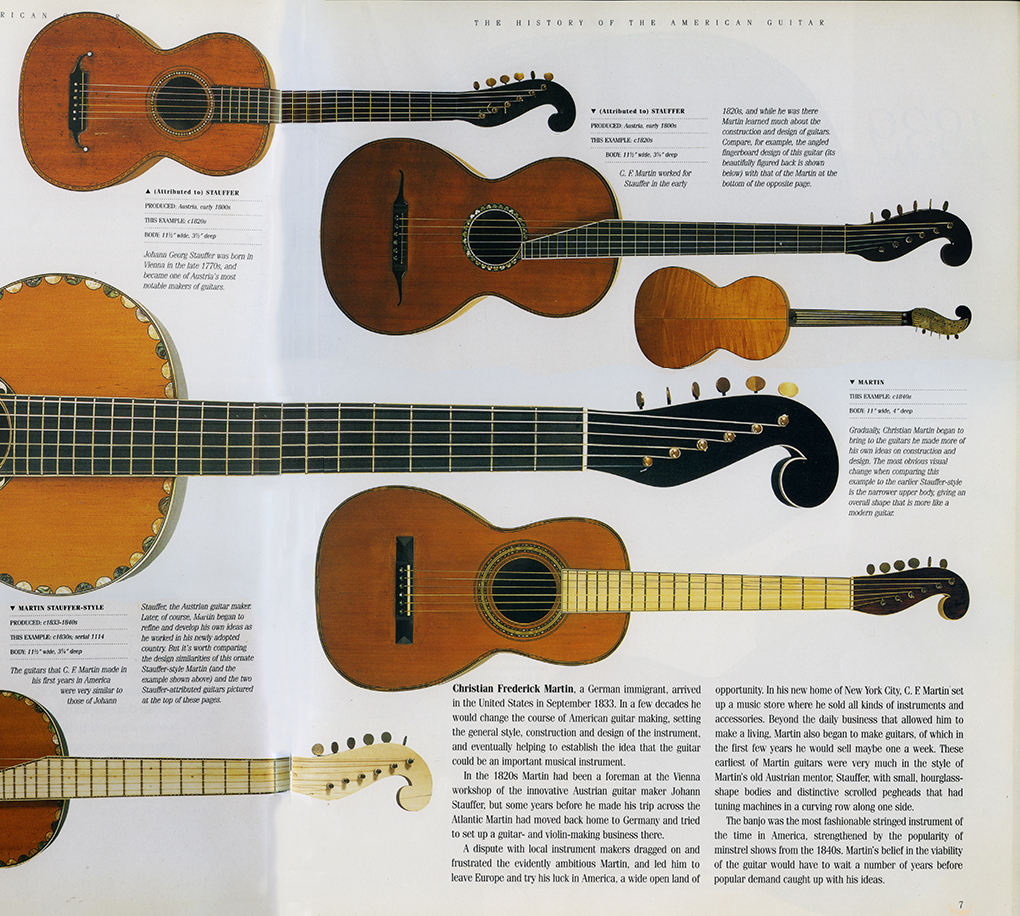
earlymartin.com
To See Robert Corwin's Classic Photography of Folk and Roots Musicians, visit:
For Information on Photography for
Exhibition, Publication, CD's, Promotion, Web Pages, Tour Books,
to Purchase Photographic Prints, or
If You Have Questions About An Early Martin Guitar:
e-mail: Robert Corwinentire site copyright ©1998 through 2016 Robert Corwin/Photo-Arts. All rights reserved.